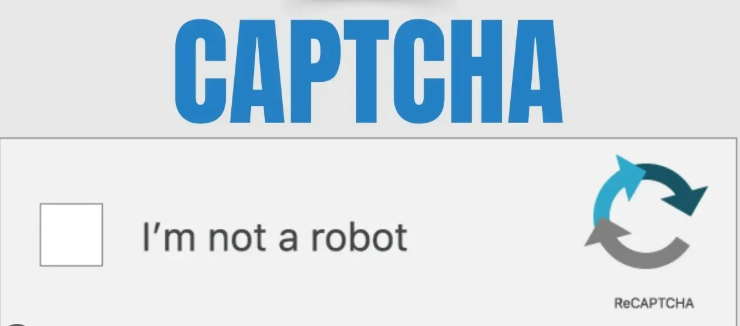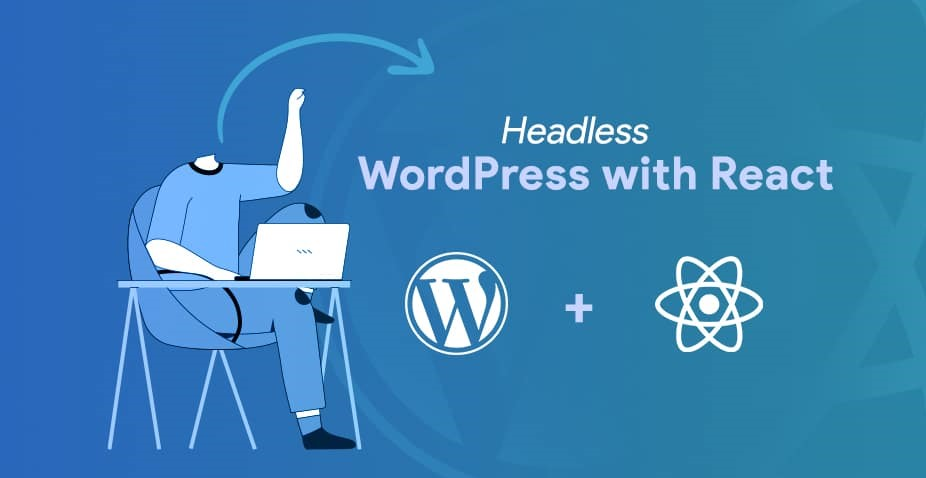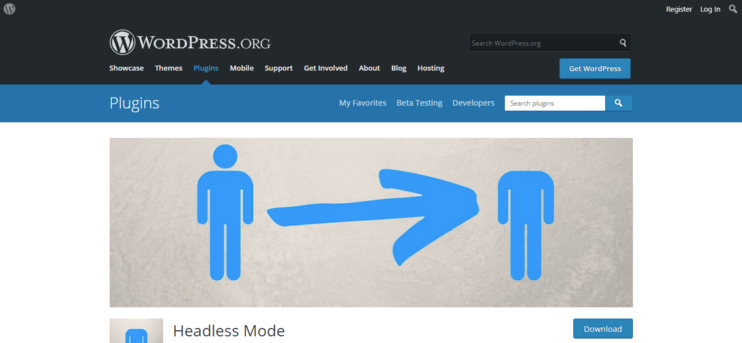"Theme is the key element that determines the appearance and user experience of a website. Traditional WordPress themes render pages directly from PHP templates, but in recent years, the rise of the Headless WordPress theme(Headless theme) Adopting the architecture of front-end and back-end separation, so that the front-end and content management system completely decoupled. This article will start fromPerformance, Flexibility and Maintenance CostsThree perspectives that provide an in-depth comparison of the core differences between the two to help you choose the most appropriate architecture.
![Image[1]-Headless WordPress vs Traditional Themes: Who is the King of Website Performance?](http://gqxi.cn/wp-content/uploads/2025/10/20251030164238551-image.png)
What is Headless WordPress theme?
The word "headless" means "headless," that is, without the head. WordPress A traditional front-end output layer that retains only the content management functions in the backend. In this architecture:
- WordPress is still used as Content Management System (CMS).;
- The front-end, on the other hand, consists of React, Next.js, Vue or Nuxt.js and other modern frameworks are responsible for rendering;
- The data is passed through the REST API or GraphQL Get.
This decoupled design allows content editing and interface presentation to operate independently, resulting in unprecedented freedom and scalability.
How Traditional WordPress Themes Work
legacy WordPress The theme relies on PHP templates, HTML and CSS to generate front-end pages. When a user accesses it, the server queries the database in real time, combines the content with the template and outputs the HTML page. Its main features include:
![Image [2]-Headless WordPress vs Traditional Themes: Who is the King of Website Performance?](http://gqxi.cn/wp-content/uploads/2025/10/20251030172419230-image.png)
- All the logic is centralized within WordPress;
- Plug-ins, templates, and page editors such as Elementor provide direct control over the front-end;
- No additional front-end deployment environment is required.
For personal blogs and small business sites, this is a simple and efficient way to get online quickly.
III. Performance comparison: differences in speed and response
![Image [3]-Headless WordPress vs Traditional Themes: Who is the King of Website Performance?](http://gqxi.cn/wp-content/uploads/2025/10/20251030172750709-image.png)
1. Page load speed
Headless WordPress theme has a natural advantage in terms of performance. By Static generation (SSG) or server-side rendering (SSR)The front-end page generates the HTML files during the build phase, eliminating the need to re-query the database for each visit. This allows:
- Pages load faster;
- Easier to pass CDN Distribution;
- The user experience is smoother.
While traditional themes have to go through PHP parsing and database reading in each request, if the server performance is limited or the access volume is large, the speed is easily affected.
2. Front-end interaction experience
Headless front-end using React or Vue, can realize smoother single page application (SPA) effect, switching pages without a complete refresh, interactive experience is more modern. Although traditional themes can realize dynamic effects with the help of plugins, the complexity and performance are far inferior to modern front-end frameworks.
3. SEO Friendliness
Early Headless architectures faced SEO challenges (due to content being rendered in JavaScript), but as the SSR Support for Next.jsThe crawler can easily read full HTML, and SEO performance is close to or even exceeds that of traditional themes.
IV. Comparison of flexibility: development freedom and scalability
![Image [4]-Headless WordPress vs Traditional Themes: Who is the King of Website Performance?](http://gqxi.cn/wp-content/uploads/2025/10/20251030173624984-image.png)
1. Front-end and back-end decoupling
The biggest advantage of Headless WordPress is that Completely independent front and back end.. This means that front-end developers can use any technology stack (React, Svelte, Vue) while:
- Easily integrate with multiple platforms, such as mobile App, PWA, and applets;
- Content can be synchronized to multiple channels via an API;
- Front-end updates do not affect the back-end content structure.
Traditional themes rely heavily on internal WordPress logic, and are often limited in their ability to use cutting-edge frameworks or cross-platform distribution.
2. Design and interaction innovation
Headless allows designers and developers the freedom to create complex interactions and animations, whereas traditional themes are limited by PHP templates and the structure of WordPress.
For example, React front-end can easily achieve dynamic filtering , infinite scrolling , real-time search and other advanced interactive features , while the traditional theme to achieve these features often require a large number of plug-in support , and may even lead to performance degradation .
V. Maintenance cost comparison: complexity of deployment and management
![Image [5]-Headless WordPress vs Traditional Themes: Who is the King of Website Performance?](http://gqxi.cn/wp-content/uploads/2025/10/20251030175110615-image.png)
1. Deployment and operation and maintenance
Traditional WordPress is extremely simple to deploy: buy hosting, upload a theme, install plugins and you're live. Headless WordPress, on the other hand, requires the maintenance of a two-part system:
- WordPress CMS server;
- Front-end framework building and hosting (e.g. Vercel, Netlify).
This means that a higher technical threshold and configuration time is required at the beginning of the project.
2. Content and front-end updates
In traditional themes, editors modify content with immediate effect. However, in Headless architecture, if the front-end is in static generation mode (SSG), the site needs to be rebuilt in order to update the content. While many platforms now support Automatic build trigger (Webhook), but the overall process is still slightly complex.
3. Costs and teamwork
Headless architectures are typically more expensive to develop and maintain. Reasons include:
- Developers familiar with APIs and front-end frameworks are required;
- Separation of front-end and back-end, more complex deployment and monitoring system;
- Plugin ecology support is low, and some traditional plugin features need to be developed on their own.
But in the long run, the Headless architecture offers higher scalability, making the investment worthwhile for organizations seeking high performance and multi-platform content output.
VI. Recommendations for applicable scenarios
| Scene Type | Recommended Architecture | instructions |
|---|---|---|
| Personal blogs, small business sites | Traditional Themes | Fast deployment, easy maintenance, rich plug-ins |
| Official website of medium and large brands | Headless | Supports multiple languages and complex interactions with excellent performance |
| Content distribution platform, multi-terminal project | Headless | Simultaneously serves Web, App, and Applets |
| SEO-focused informational websites | Traditional or SSR Headless | Selected based on team technical capabilities |
| E-commerce website | Headless (combined with WooCommerce API) | Supporting the modern front-end shopping experience |
VII. Summary
In an age where speed and experience make the difference between success and failure.Headless Undoubtedly gives new life to the website. It's a perfect blend of content and technology that allows for true high performance and freedom. But don't forget that not all projects need to be "full-on". If your goal is simplicity and a quick launch, traditional themes can still be of great value.Choosing the right architecture is the key to winning the future!
Link to this article:http://gqxi.cn/en/79460The article is copyrighted and must be reproduced with attribution.






























No comments